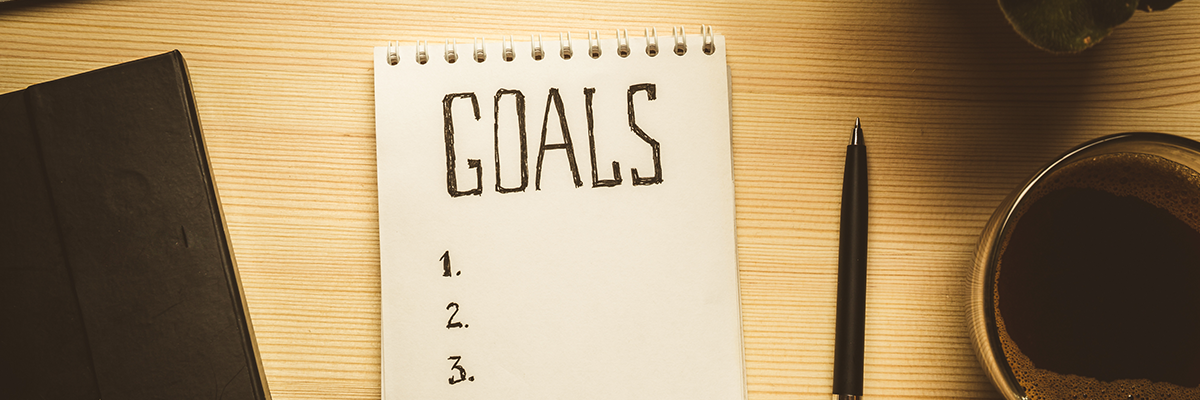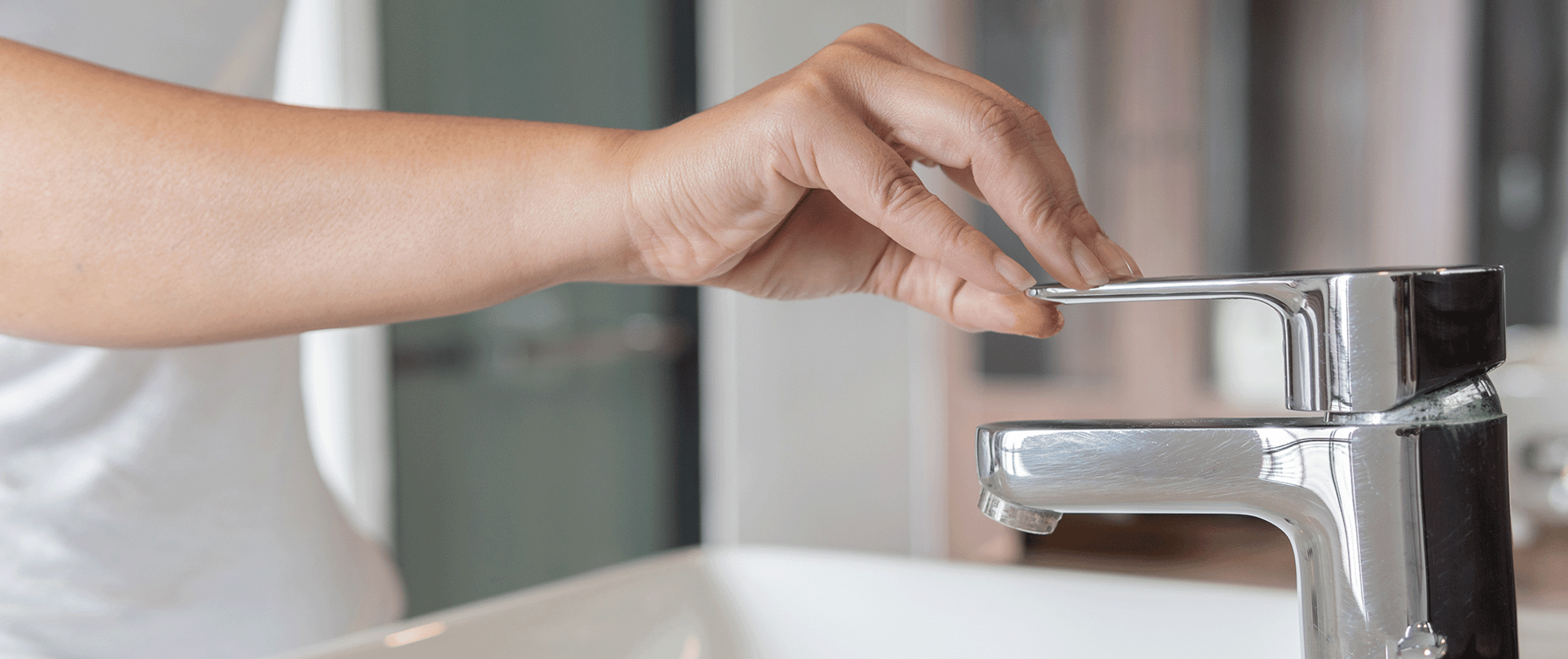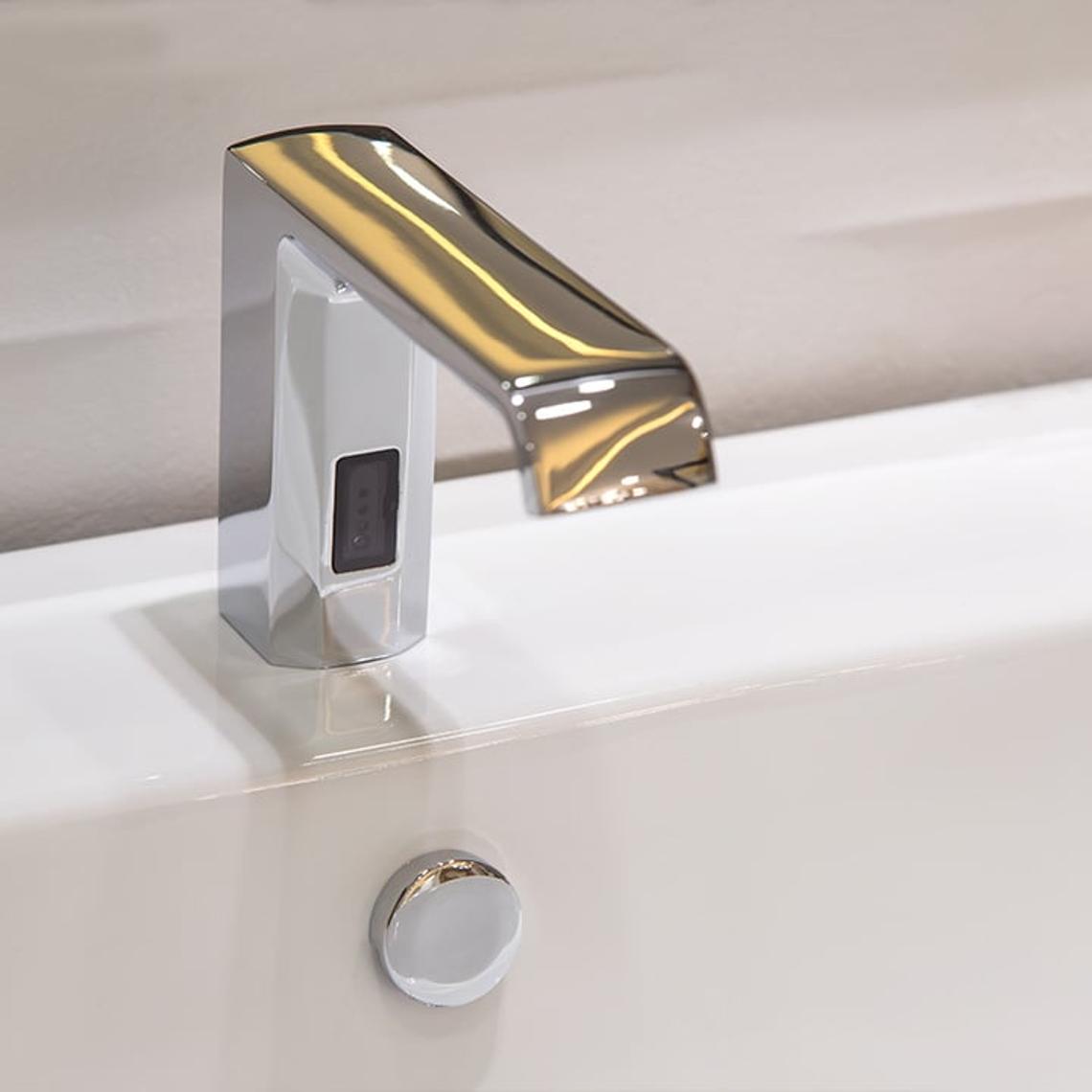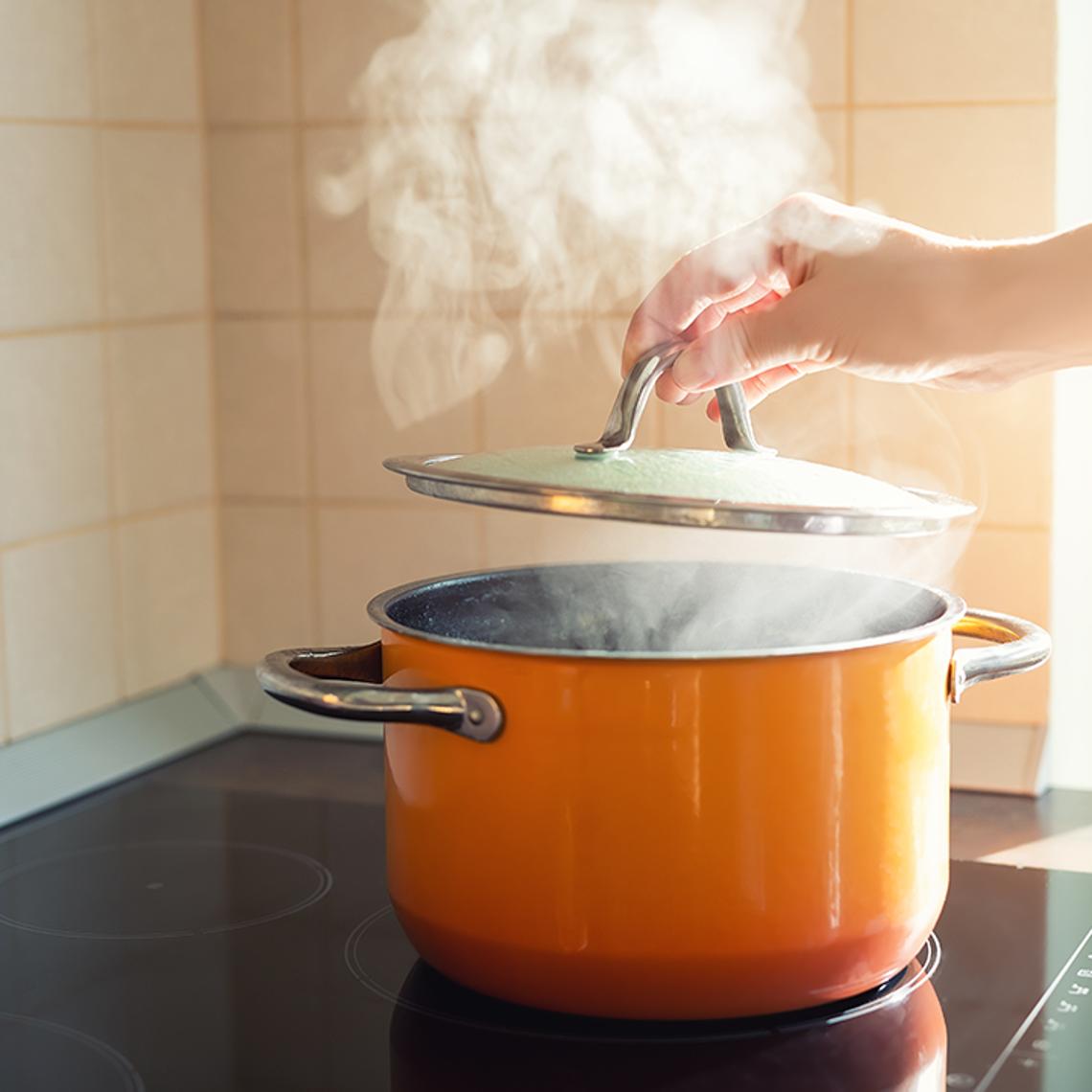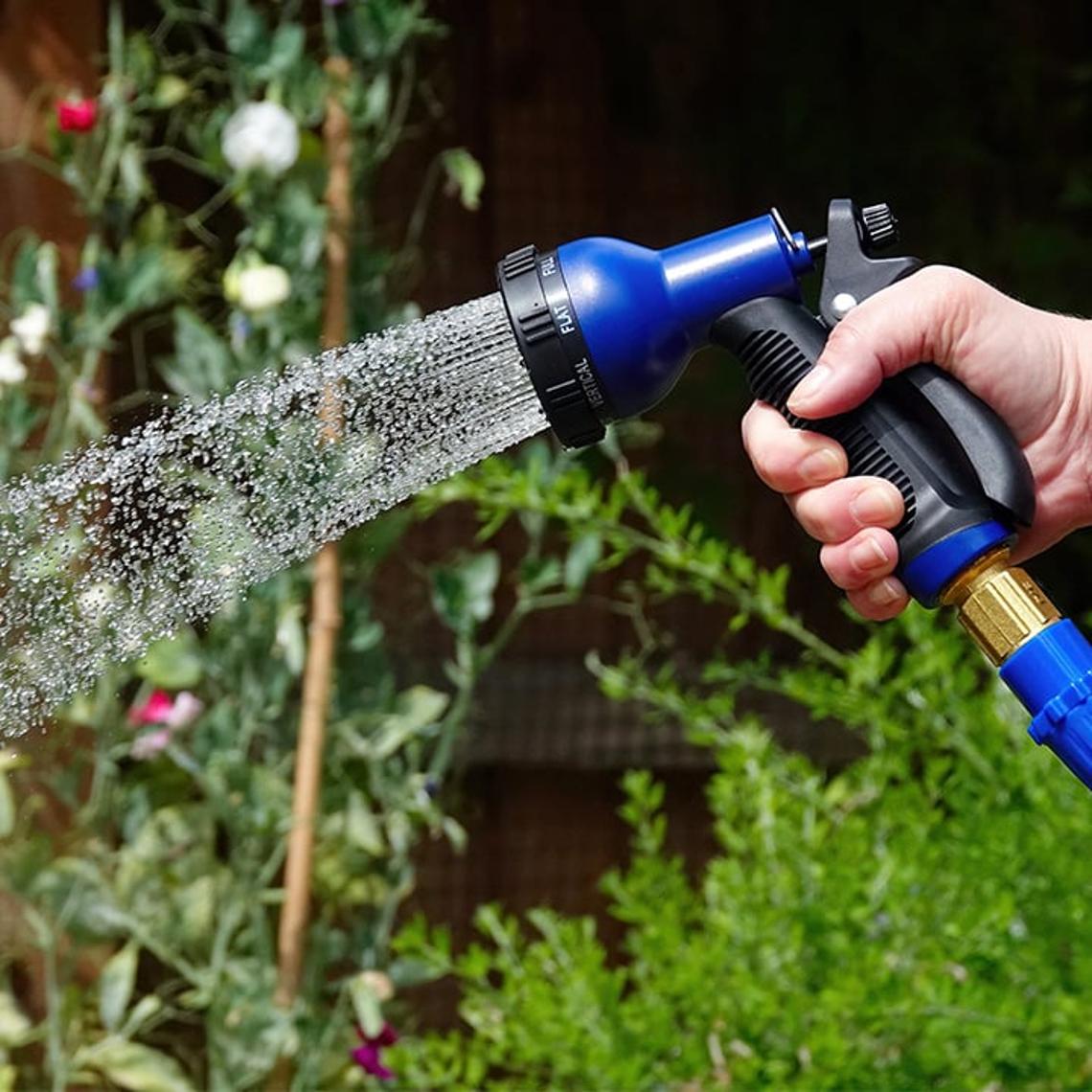Raise awareness
Just knowing why water efficiency is important is a major step forward. Spread the word – you could use posters, training sessions or discussion to raise the issue.
If you need some help with this, take a look at Waterwise's Water Literacy programme or even their water efficiency training.
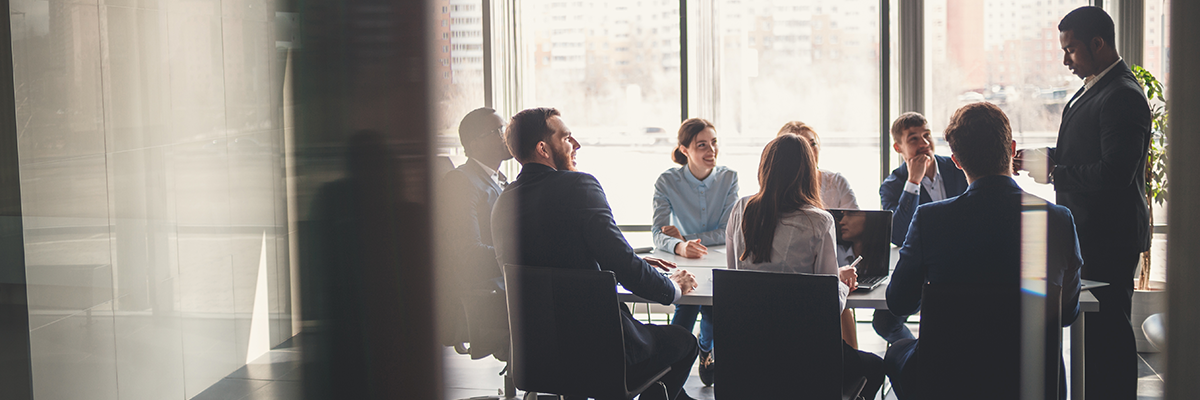
Working together to reduce water use
We’re partnering with Groundwork to deliver Business Water Efficiency Visits to help us meet water demand reduction targets set by DEFRA.
Groundwork will contact selected businesses on our behalf to offer and arrange a free visit. During the visit, experts will identify practical ways to reduce water use and improve efficiency and with businesses agreement, fit the devices to make those water savings.
If this is something you are interested in and you’d prefer to discuss this offer with your Water Retailer, you’re welcome to do so - we’re happy to work alongside your water bill provider to support your business in saving water.
Find ways to save water
Every organisation is different, so you’ll need to find water-saving methods that work best for you.
This might include:
- Finding and fixing leaks
- Fitting efficient fixtures in toilets and kitchens
- Treating and reusing water within your business
- Insulating pipes to protect against winter bursts
See below for specific ideas on how to save water.
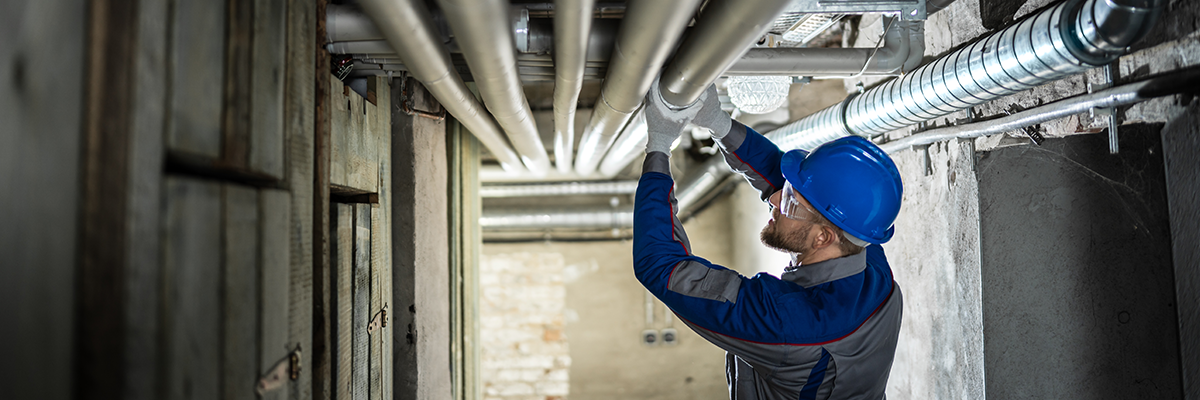
Set targets
- Measuring the impact of your efforts helps you stay on track.
- Record your current water use – in litres and financial cost
- Track changes to see if you're making a difference
- Share your targets and results to boost your reputation
- There’s nothing as satisfying as a graph that shows your success!
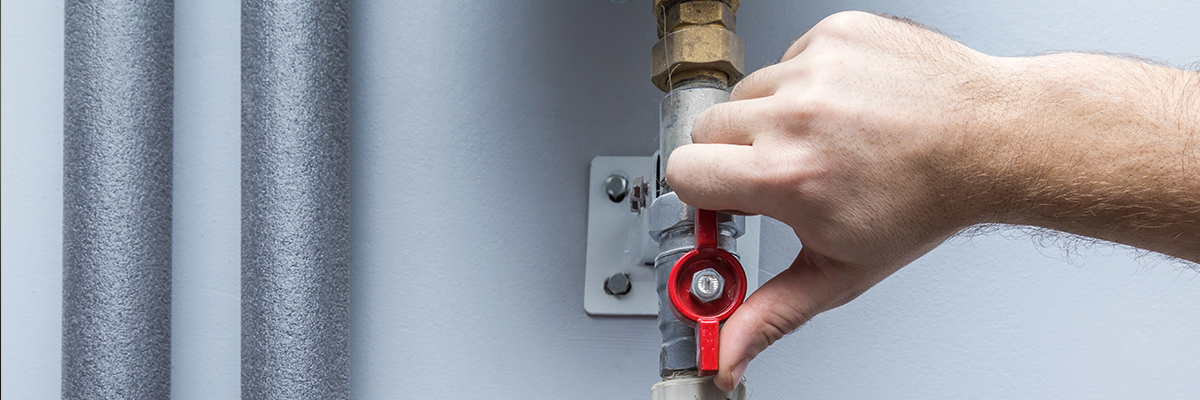
Keep going!
Water efficiency isn’t a one-time thing – it takes time and focus to maintain improvements.
A systematic approach helps. For example:
- Plan regular checks for leaky fittings and pipes
- Include an annual winter preparation audit to help prevent bursts
